Texas Flash Flooding: Uncovering the Causes Behind the Devastation
Severe Texas flash flooding swept through parts of western and central Texas this Independence Day weekend. It caused disastrous destruction and tragic deaths.
The sudden surge of water surprised many residents, raising concern and questions about what triggered such dangerous flooding.
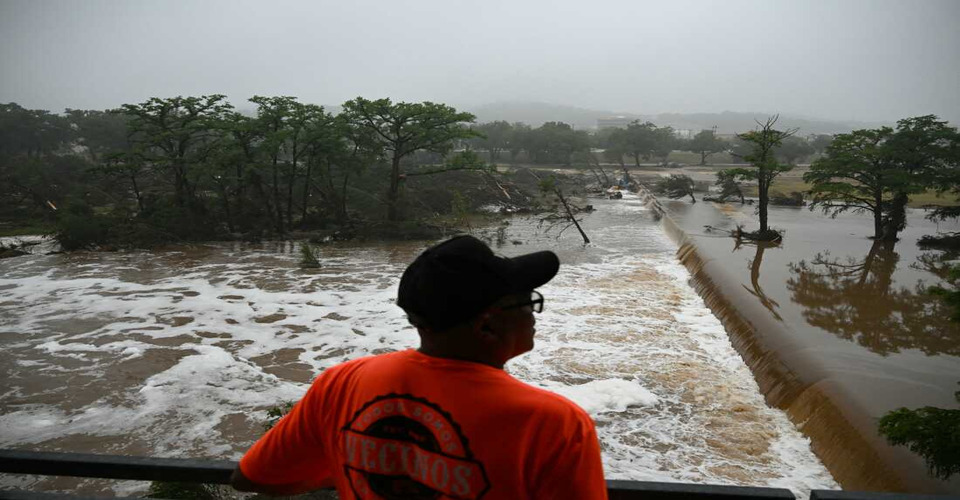
Reasons for disastrous Texas flash flooding
According to the National Weather Service (NWS), the culprit was the remnants of Tropical Storm Barry, which had earlier made landfall along Mexico’s southeastern coast.
As the storm system moved northward, it carried a significant amount of tropical moisture that fueled a powerful cluster of thunderstorms. These storms unleashed torrential rain over already vulnerable terrain.
The NWS explained that west-central Texas is particularly prone to flooding due to its network of rivers and hard, drought-parched soils, which prevent water from being absorbed efficiently.
The timing of the floods made the situation more challenging. Water levels rose rapidly, limiting opportunities for timely evacuation. In some areas, the flooding intensified overnight while residents were at home.
The Guadalupe River, for example, surged an astonishing 20 feet in just one hour.
Warnings about the potential danger had been issued in advance. On Wednesday, July 2, the NWS Weather Prediction Center (WPC) noted that scattered flash flooding was possible in western Texas for Thursday and could persist into the following days, including Friday.
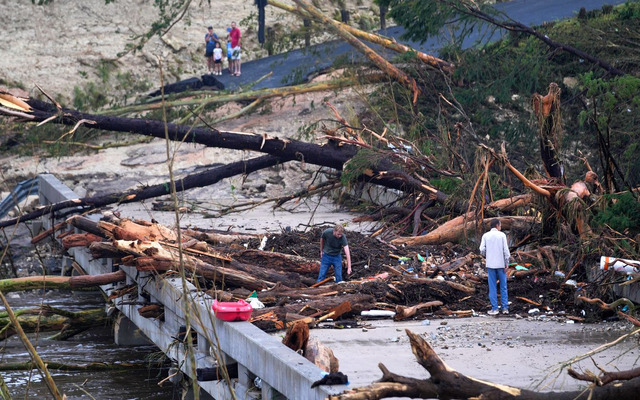
Severe flooding impacts Texas
The NWS Austin/San Antonio office began issuing flood warnings via X (formerly Twitter) at 12:42 a.m. on July 4. These alerts continued throughout the night. At 5:23 a.m., the office issued its first “Flash Flood Emergency”, highlighting the severity of the unfolding disaster.
The floods affected multiple rivers across the region. Among them, the Guadalupe River—spanning roughly 250 miles, according to Texas Parks and Wildlife—was one of the hardest hit.
As of now, parts of Texas remain under flood watches and warnings. Thunderstorms continue to bring heavy rain to the region, and search and rescue efforts are still underway.

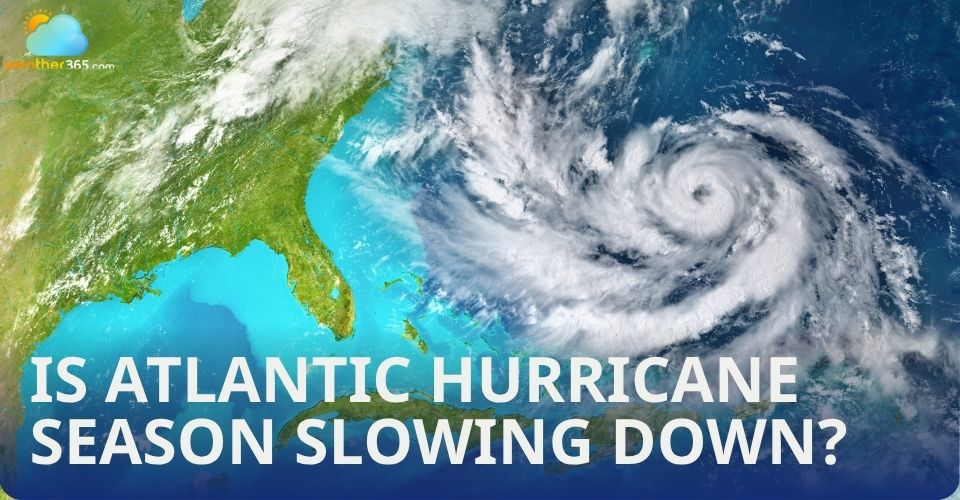
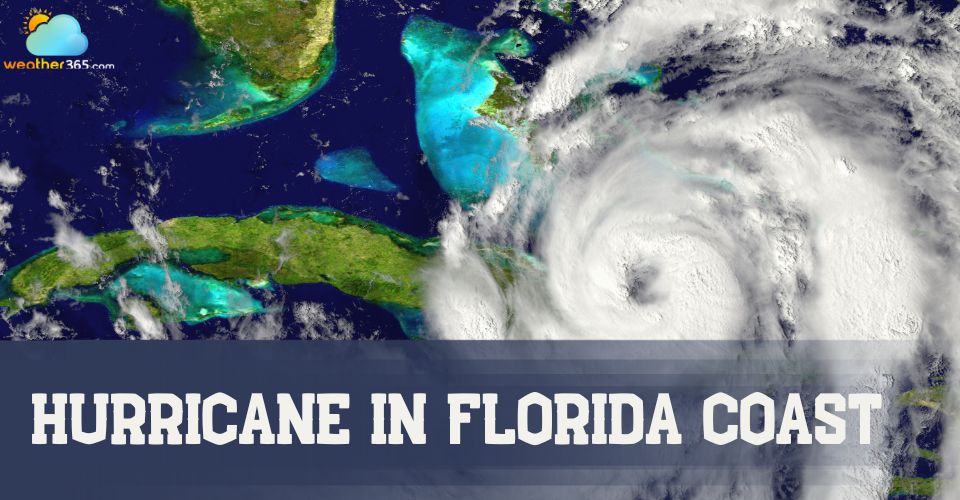
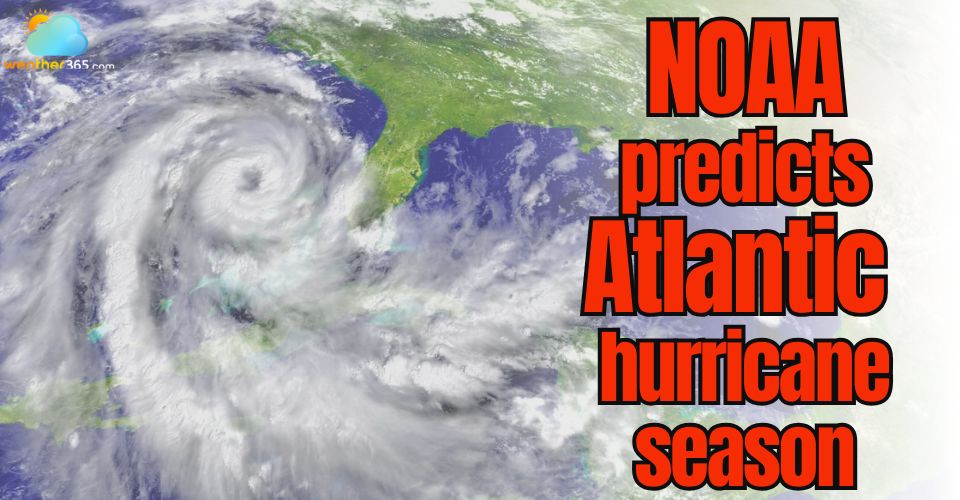
0 Comment
Leave a comment
Your email address will not be published. Required fields are marked *